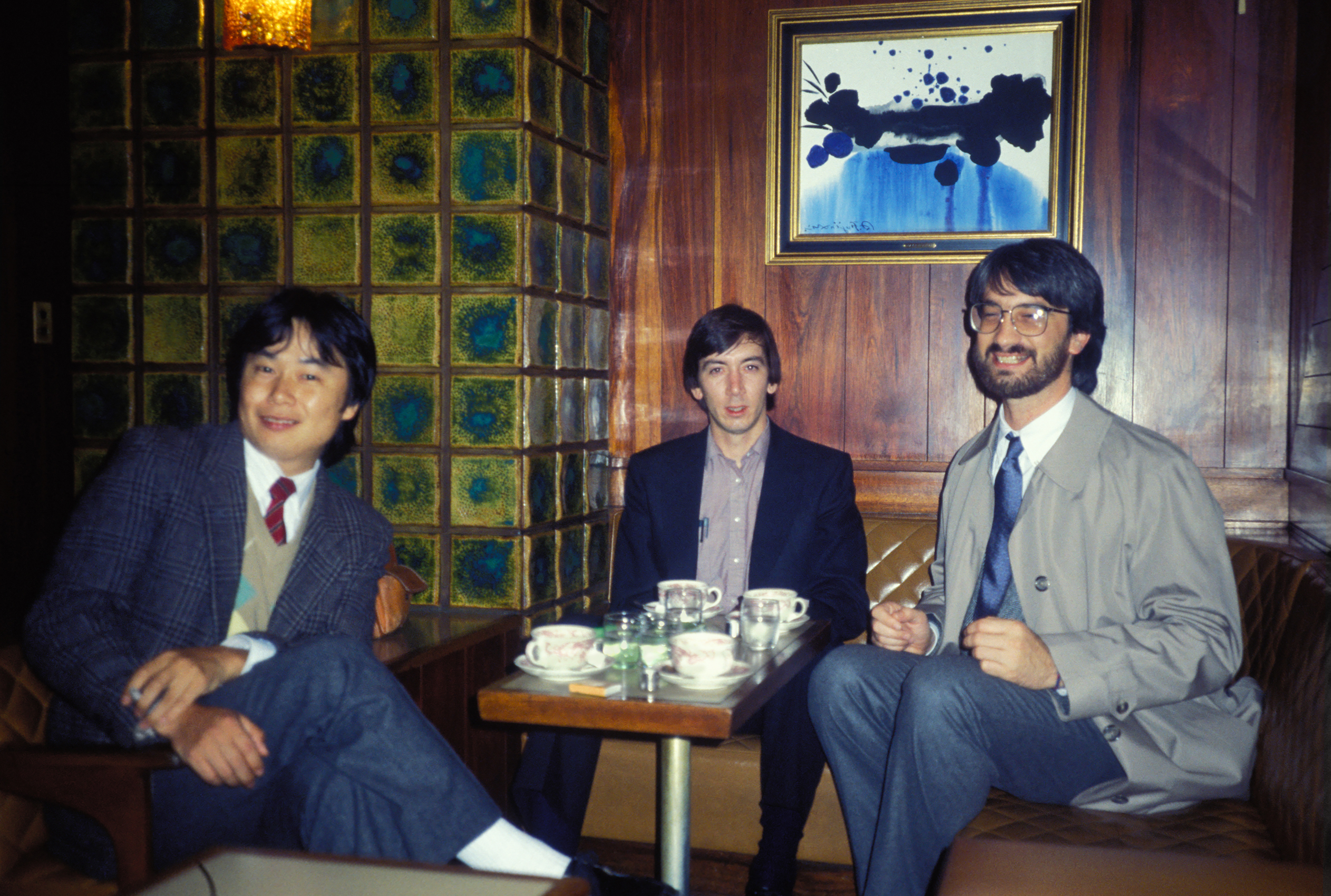
Just like in the movies!
The road to SimCity’s SNES port began with a 1989 meeting so vividly of its time that it almost sounds like it was invented for one of those recent period dramas about a product’s origins, like Air or BlackBerry.
As told in Building SimCity, a new book which chronicles the legendary simulation series, the deal was made in the summer of 1989 after Maxis co-founder Jeff Braun got a call from Nintendo informing him that designer Shigeru Miyamoto wanted SimCity on Nintendo’s console. As author Chaim Gingold tells it, Miyamoto had “imagined a game where players created their own world,” and after discovering SimCity, wanted to “put his own stamp on it.”
The very next day, Braun flew to Nintendo’s US headquarters in Redmond, Washington to meet with Nintendo of America chairman Howard Lincoln and president Minoru Arakawa. According to Gingold, Lincoln made the following offer: Nintendo would handle the port, Maxis would get $1 royalty per SimCity cartridge sold, and if Braun signed immediately, Lincoln “would also slide over a check—a signing bonus for $1 million.” (That’s over $2.5 million in today’s money.)
Braun said yes, and a few months later, he and SimCity designer Will Wright flew to Kyoto where they were “welcomed as family and treated like royalty,” according to Gingold’s book—the three are pictured in Kyoto in the photo above, republished here courtesy of Braun. Wright spent a week working with Miyamoto on ideas for SimCity’s console adaptation, and Miyamoto took the Americans out each evening, including on an excursion to play pachinko.
(Image credit: Nintendo)
This visit was also the origin of “Dr Wright,” a green-haired character who acts as a player adviser in SimCity’s Nintendo version. Miyamoto was known to fans as “Dr Miyamoto,” and according to Gingold, “Nintendo knew the value of a good character and had clearly met one in Wright, whose unsettlingly wide-ranging expertise and taste for the absurd inspired the professorial yet whimsical ‘Dr Wright,’ a manga-style homage Wright was honored to accept.”
Dr Wright didn’t only appear in SimCity: He’s made Cameos in Smash Bros and two Zelda games.
On a call with PC Gamer, Gingold said he feels that 1993’s SimCity 2000 must have been substantially influenced by Wright and Braun’s experience working with Miyamoto and Nintendo: “[Wright is] just getting started, and he’s basically getting to apprentice with Shigeru Miyamoto,” said Gingold. At the time, Wright would’ve been 29, while the more experienced Miyamoto was in his late 30s.
Building SimCity: How to Put the World in a Machine was published earlier this month by MIT Press—Gingold said that the book took over 10 years to write, in part because surprising details and anecdotes repeatedly sent him off in new directions. Another interesting fact from the book: Maxis canceled The Sims in the ’90s, but it was saved by an unlikely hero: Electronic Arts.






